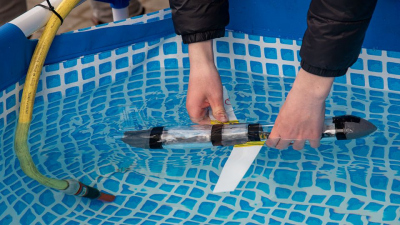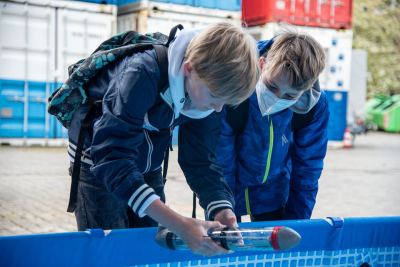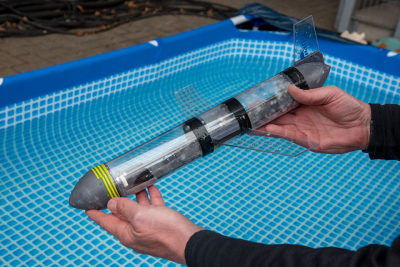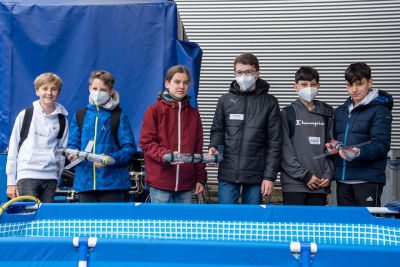Page path:
- Home
- Discover
- Archive News
- News 2022
- Zukunfstag
“Zukunfstag” at MARUM
In two research workshops, the group will then get down to practical work: When building underwater gliders, they will investigate the physical principles of buoyancy. This is particularly important for the construction and deployment of large-scale underwater equipment. Then, in cooperation with the geoscience department of the University of Bremen, the group will go to the ocean floor: The students will examine a sediment core that was recovered off the coast of Galicia (Spain). They will examine fossils under the microscope that contain valuable information about the climate of the past.






